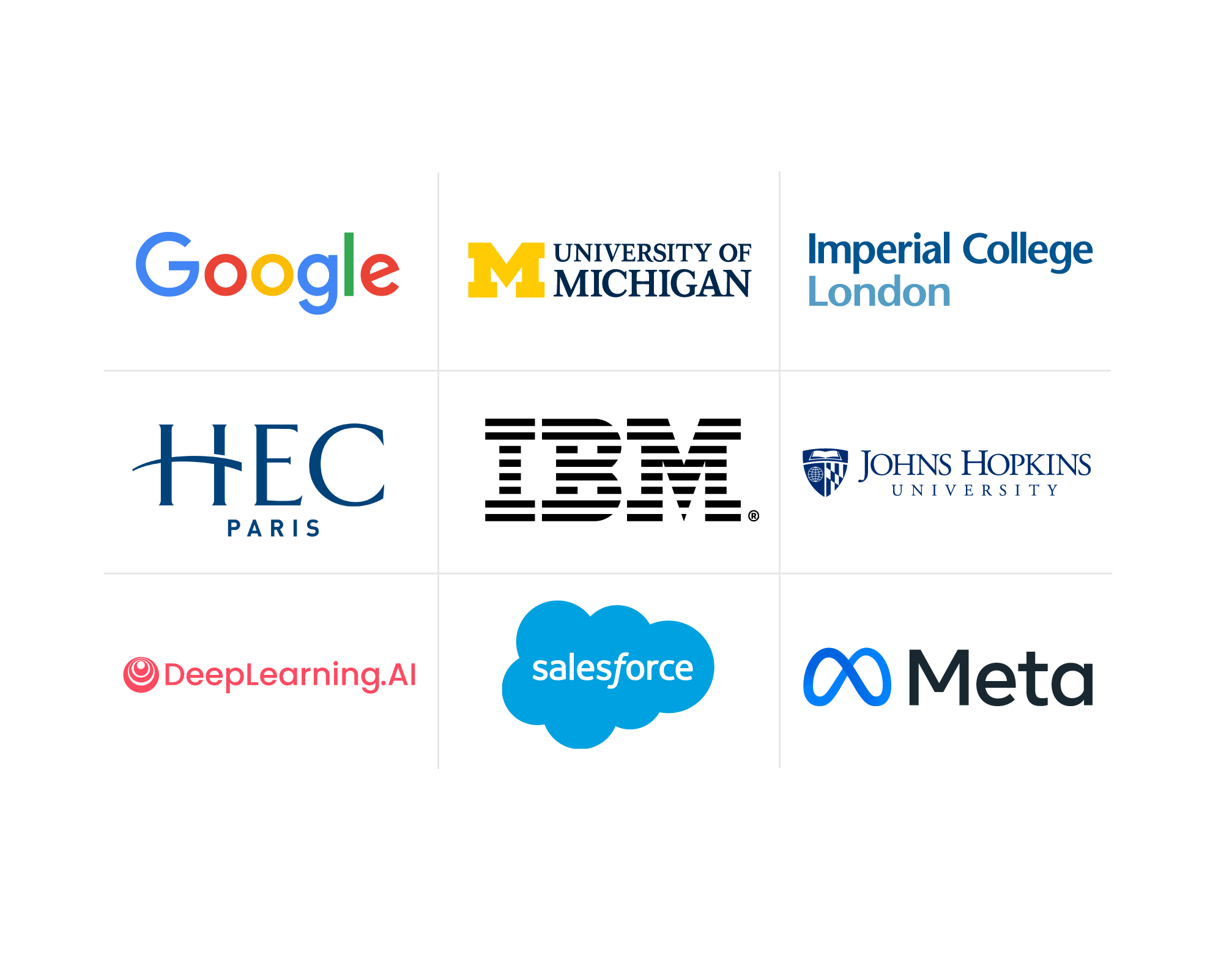Skills Gap Analysis: A Guide to Training Your Teams
Learn what a skills gap analysis is, why it is important, and how to perform one of your own.
![[Featured Image] Two women have a conversation in an office conference room.](https://d3njjcbhbojbot.cloudfront.net/api/utilities/v1/imageproxy/https://images.ctfassets.net/2pudprfttvy6/2uRTVBuqa7Z5sQKEqYZIgW/6778aac309f3bfac9a81a87caaa8b361/GettyImages-1319571139.jpg?w=1500&h=680&q=60&fit=fill&f=faces&fm=jpg&fl=progressive&auto=format%2Ccompress&dpr=1&w=1000)
“Skills gap” is a term that you’ve likely heard before, particularly if you work in business or human resources. A skills gap describes the difference between employees’ abilities and the skills needed to perform a specific role effectively. By identifying this gap, companies can make informed decisions about employee training, hiring practices, and organizational planning. This article will cover all things related to a skills gap analysis, including what it is, how it benefits companies, and how you can perform one in your professional role.
What is a skills gap analysis?
A skills gap analysis is a systematic process organizations use to identify and understand the differences between the skills that their workforce currently possesses and the skills needed to achieve organizational goals or complete specific tasks. Organizations assess employees’ existing skills, compare them to the desired skills for their roles, and determine the gaps that exist between the two.
Why is a skills gap analysis important?
This critical tool empowers you with the information needed to recognize areas where employees may need additional training or development to perform their jobs effectively. By identifying these gaps, organizations can create targeted training programs, make informed recruitment decisions, and strategically align workforce development with business objectives. Some of the key benefits of performing a skills gap analysis include:
Identifying employee skills
Analyzing the current skills within the organization makes it clear where the strengths and weaknesses lie. This knowledge can be instrumental in planning future training programs, identifying who needs each training, and developing initiatives.

Aligning training with business goals
Understanding the skills gaps allows organizations to create targeted training programs that directly align with business objectives. This ensures that training investments focus on areas that will provide the greatest return in terms of performance improvement and business impact.
Improving recruitment strategies
Knowing the specific skills gaps in the organization can guide recruitment efforts. By hiring for the skills that are most needed, an organization can fill gaps more effectively and create a more balanced and capable workforce.
Enhancing employee engagement and retention
Employees increasingly value having professional development opportunities and chances to grow. By identifying skills gaps and providing tailored training, employees feel more engaged and supported in their career progression. In doing so, it can help boost retention rates and your workforce’s overall job satisfaction.
Optimizing resource allocation
By understanding where skills gaps exist, organizations can more efficiently allocate resources to the areas where the company needs them. It ensures the organization doesn’t waste time and money on unnecessary training and that leaders and decision-makers focus resources on the areas critical for development.
Boosting competitive advantage
By identifying and addressing skills gaps, an organization can ensure its employees have the tools and knowledge to drive innovation and stay competitive.

Learn from the best
Lower training cost with in-demand content and trusted credentials from 350+ top companies and universities.

How to conduct a skills gap analysis
Your exact process for conducting a skills gap analysis will vary according to the type of company you work for and the resources available. However, skills gap analyses typically include these basic steps:
1. Identify business goals and objectives.
Understanding what your organization aims to achieve is the foundation of a skills gap analysis. Clearly defining your business goals helps align the required skills with the organizational strategy.
2. Determine key skills and competencies.
Identify the essential skills and competencies necessary for achieving the business objectives. These can be both technical skills, such as using specific software or equipment, and workplace skills, like communication or leadership. You can prioritize these as high- or low-priority skills.
3. Assess current skill levels.
Evaluate the existing skills within the organization. You can do this in several ways, such as surveys, interviews, performance reviews, or direct observation. The aim is to understand the current capabilities of your employees.
4. Identify the gaps.
Compare the current skill levels with the desired levels. This section essentially functions as the results portion of your analysis. Performing this comparison will help you recognize where the gaps exist and to what degree.
5. Develop a plan.
Create a targeted strategy to address the specific gaps and align with the overall business objectives. It can include a section on needed skills, the action to take to gain these skills, and the desired result. If you give feedback individually, this section might offer recommendations or goals to your workforce.
Next steps after a skills gap analysis
After you have conducted a skills gap analysis and identified the gaps, it is time to take action. You won’t find a one-size-fits-all solution here. However, several methods can help you create a bridge between your organization’s needs and employees’ skill sets.
One way to approach narrowing the gap is through employee training. When your skills gap analysis uncovers missing or underdeveloped abilities within your existing workforce, training, and development programs can help employees grow into new roles. Crafting personalized learning experiences to upskill or reskill employees aligns them with new requirements, ensuring they can meet current and future organizational demands.
Read more: Employee Training: What It Is and Why It's Important
In some cases, achieving organizational objectives and aligning with company values requires more than just training. It might necessitate reimagining specific roles. Job redesign entails reshaping tasks and responsibilities to fit the business goals better. This can be through job enrichment, which involves adding more responsibility and independence, or job enlargement, which involves additional tasks, depending on the needs of the organization.
In cases where internal development might not fit the company’s goals and requirements, recruiting individuals who have the desired skills is often an effective strategy. Your skills gap analysis might reveal specific competencies that are better sourced externally. Hiring skilled professionals saves time, onboards a fresh perspective, and infuses the team with renewed energy.
Continue with Coursera
Fast-track job-relevant training and close skill gaps with Coursera Academies, featuring the most relevant SkillSets in data and analytics, technology, leadership, marketing, and finance domains. Or, benchmark talent and transform your workforce with skill development and career readiness insights drawn from 124 million learners in our Global Skills Report.
This content has been made available for informational purposes only. Learners are advised to conduct additional research to ensure that courses and other credentials pursued meet their personal, professional, and financial goals.

